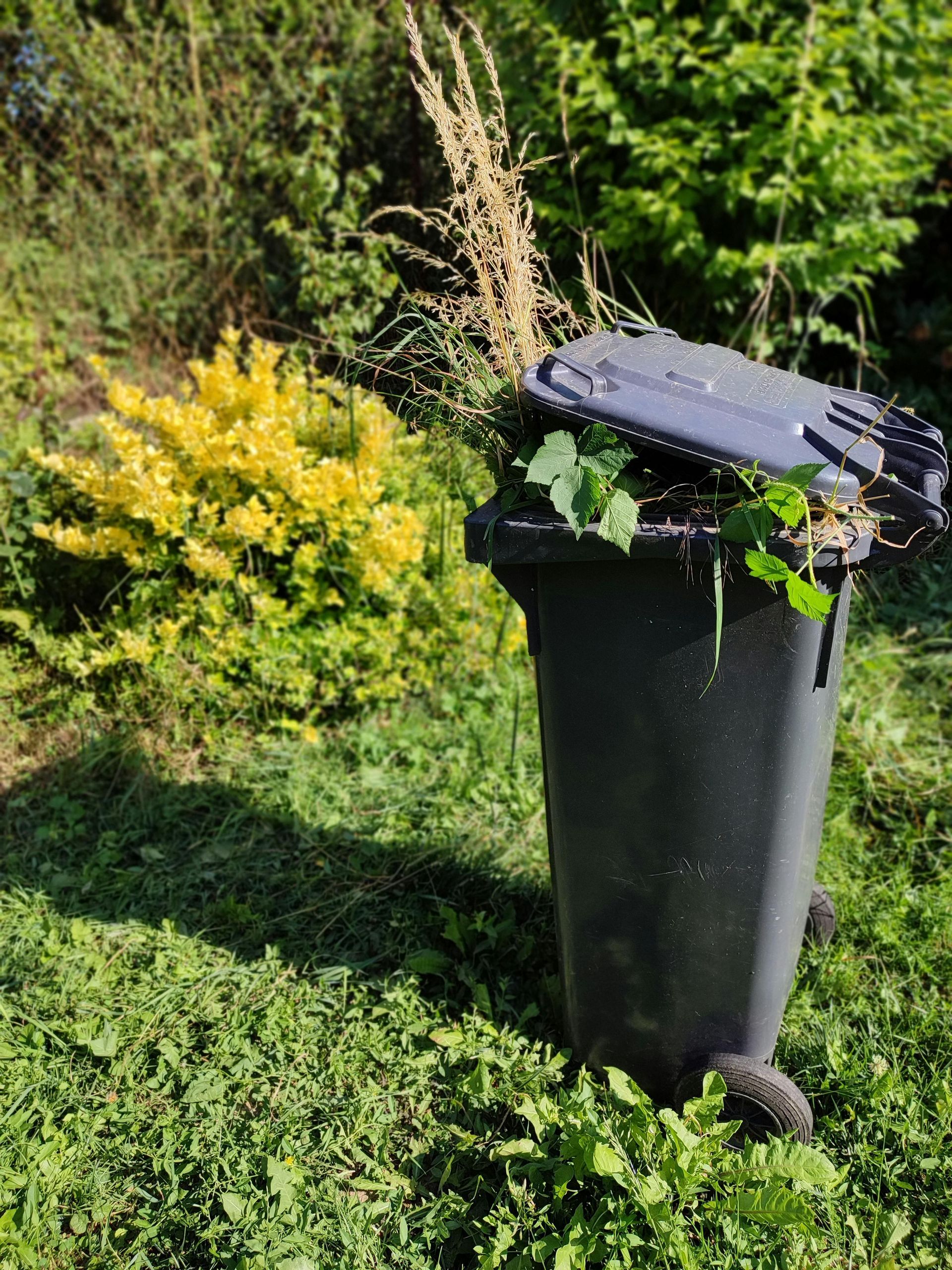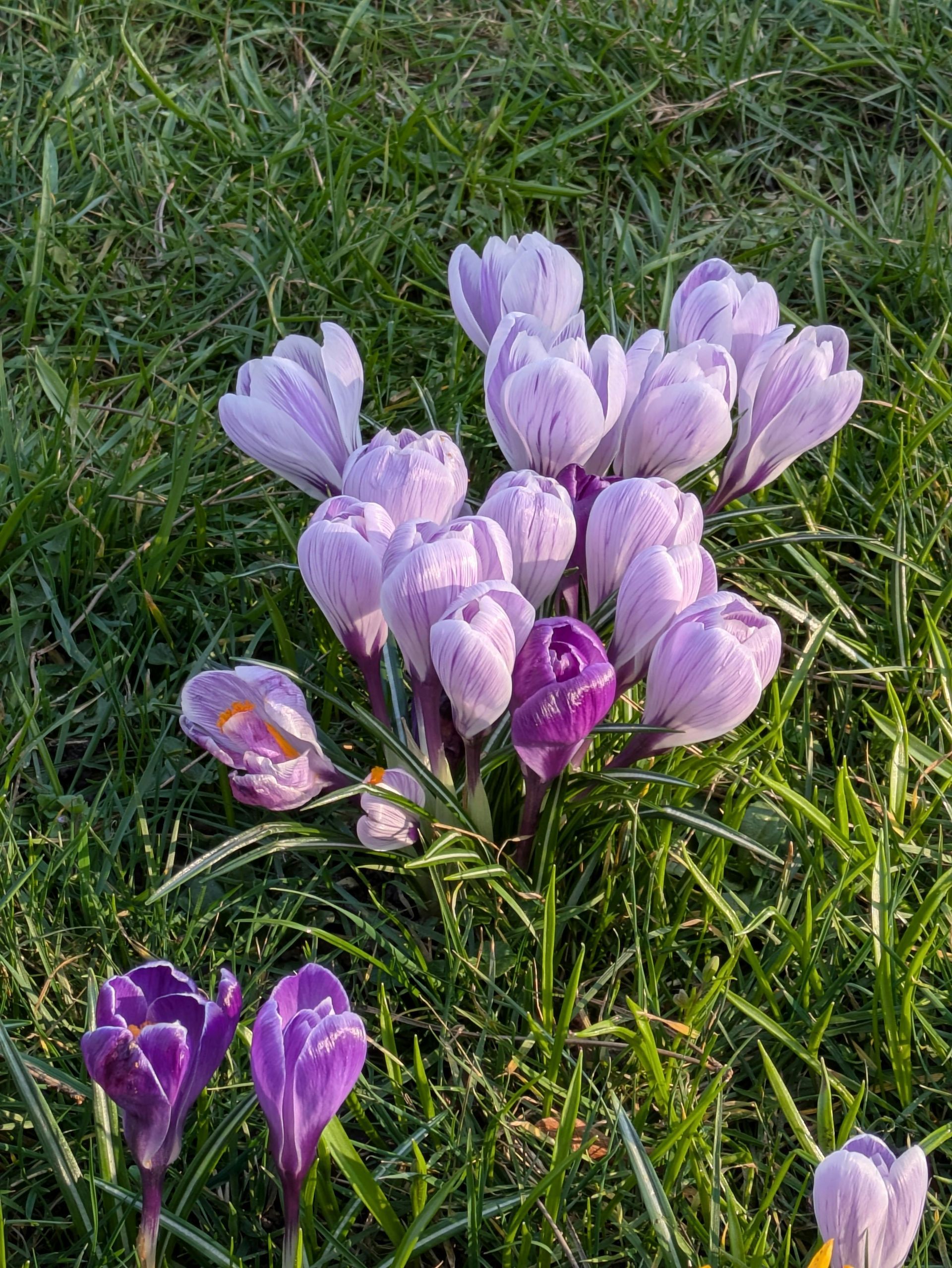A well-maintained landscape enhances curb appeal, promotes healthy plant growth, and protects your outdoor space from long-term damage. Seasonal cleanup is a crucial part of lawn care and landscaping, ensuring your yard remains vibrant and thriving year-round.
Why Seasonal Cleanup Matters
Each season brings unique challenges for your lawn and garden. Leaves, debris, and dead plant material can accumulate, creating an environment for pests, diseases, and poor soil conditions. Regular seasonal maintenance improves plant health, prevents damage, and prepares your landscape for the next season’s growth.
Common Seasonal Cleanup Tasks
Spring: Remove winter debris, including fallen branches and leftover leaves Aerate and dethatch the lawn to encourage strong root growth. Refresh mulch beds to retain moisture and suppress weeds Prune shrubs and trees to promote new growth
Summer: Keep garden beds weed-free and properly mulched Monitor for pests and lawn diseases, addressing issues early Trim overgrown plants to maintain shape and health Ensure irrigation systems are working efficiently
Fall: Rake leaves and remove excess organic debris to prevent mold and lawn suffocation
Fertilize the lawn to strengthen roots before winter Cut back perennials and remove spent annuals Prepare garden beds for winter with protective mulch
Winter: Keep pathways and driveways clear of fallen branches and hazards Protect delicate plants with burlap wraps or coverings
Plan ahead for spring landscaping projects
Professional Seasonal Cleanup Services
While DIY cleanup is possible, professional lawn care and landscaping services provide expertise and efficiency. Experts can assess your property’s needs, apply the right treatments, and ensure your landscape is prepared for every season.
Investing in seasonal maintenance not only enhances the beauty of your yard but also preserves the health of your plants and lawn. A well-planned cleanup schedule ensures your landscape remains lush, resilient, and ready for growth year after year.
Looking for expert help with your seasonal cleanup? Contact us today to keep your lawn and landscape in peak condition!



